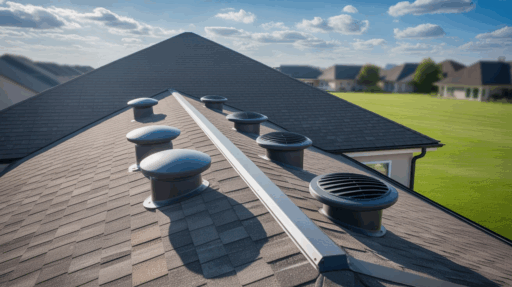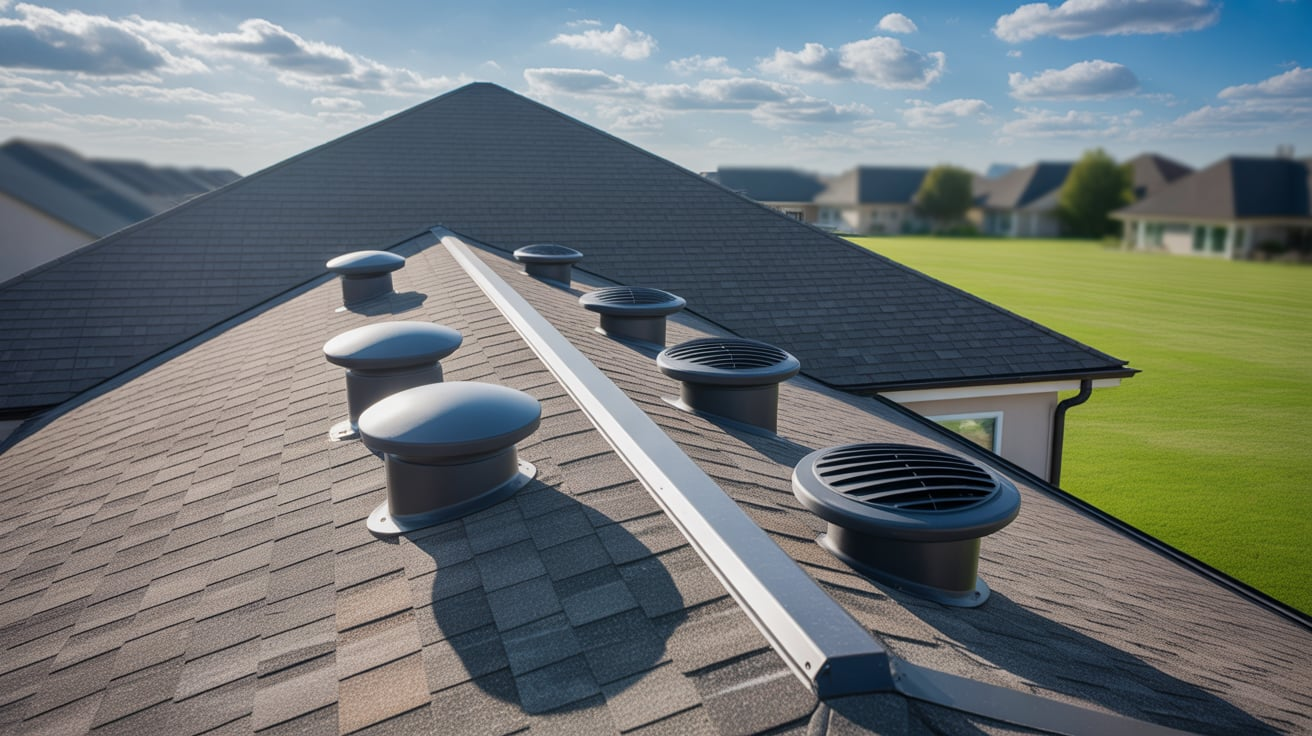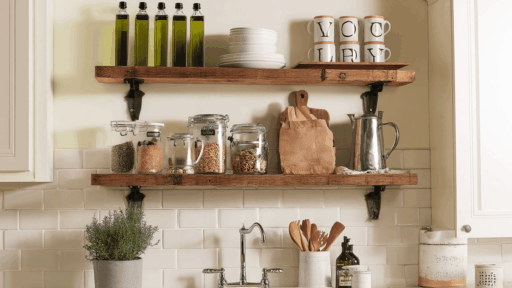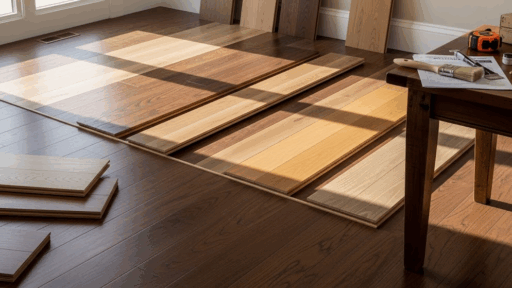Imagine your home silently suffering, its most critical defense weakening with every passing season. The secret weapon against this invisible threat?
Understanding the Various Types of Roof Vents Your roof is more than just a protective shell-it’s a complex system that breathes, regulates, and protects.
From the humble ridge vent to the high-tech solar vent, each type plays a crucial role in maintaining your home’s health, energy efficiency, and structural integrity.
Dive into the world of roof ventilation and learn how the right vents can change your living space.
Why Proper Attic Ventilation is Crucial for Your Home
Attic ventilation plays a critical role in maintaining your home’s structural integrity and energy efficiency.
The right types of roof vents ensure a balanced airflow that prevents moisture buildup, reduces heat accumulation, and protects your roofing materials.
Proper attic ventilation helps regulate temperature extremes, preventing ice dams in winter and excessive heat buildup in summer.
A well-ventilated attic can lower cooling costs, prevent wood rot, and extend the lifespan of your roof. Without adequate ventilation, homeowners risk structural damage, mold growth, and increased energy expenses.
Understanding the intricate balance between intake and exhaust vents is key to creating an optimal attic environment that protects your home year-round.
Passive vs. Active Ventilation
Ventilation plays a crucial role in maintaining air quality and thermal comfort in various environments, from buildings to industrial settings.
The primary distinction between passive and active ventilation lies in their mechanisms of air movement and energy consumption.
| ASPECT | PASSIVE VENTILATION | ACTIVE VENTILATION |
|---|---|---|
| Definition | Natural air movement using wind and thermal buoyancy | Mechanical air movement using powered equipment |
| Energy Requirement | Zero energy consumption | Requires electrical or mechanical power |
| Control | Limited control over airflow | Precise airflow and temperature regulation |
| Installation | Minimal infrastructure needed | Complex system with fans, ducts, and controls |
| Best Used In | Mild climates, well-designed spaces | Extreme environments, controlled settings |
| Examples | Windows, vents, chimneys | HVAC systems, industrial ventilation |
The choice depends on factors like climate, building design, energy efficiency, and specific requirements of the space.
Choosing the Right Roof Vent for Your Home
Selecting the appropriate roof ventilation is critical for maintaining your home’s structural integrity, energy efficiency, and indoor comfort.
The right ventilation system can prevent moisture buildup, reduce energy costs, and extend the lifespan of your roofing materials.
Understanding key factors is essential to making an informed decision that protects your home’s most important protective barrier.
Key Considerations for Roof Vent Selection:
1. Climate Impact
- Analyze temperature extremes and humidity levels
- Determine ventilation needs for hot summers and cold winters
- Consider local wind patterns and seasonal variations
2. Roof Architectural Factors
- Assess roof pitch and structural design
- Evaluate compatibility with different roof styles
- Understand how geometry affects air circulation
3. Ventilation Performance Metrics
- Calculate precise cubic feet per minute (CFM) requirements
- Balance intake and exhaust ventilation
- Consider attic volume and space constraints
Proper roof ventilation is more than a technical detail-it’s an investment in your home’s long-term health, comfort, and energy efficiency. Consulting with a professional can help you navigate these complex considerations.
Types of Roof Vents for Efficient Ventilation
Proper roof ventilation plays a vital role in maintaining the longevity of your roofing system and ensuring a healthy home environment. It prevents moisture buildup, reduces heat accumulation, and improves energy efficiency.
1. Ridge Vents
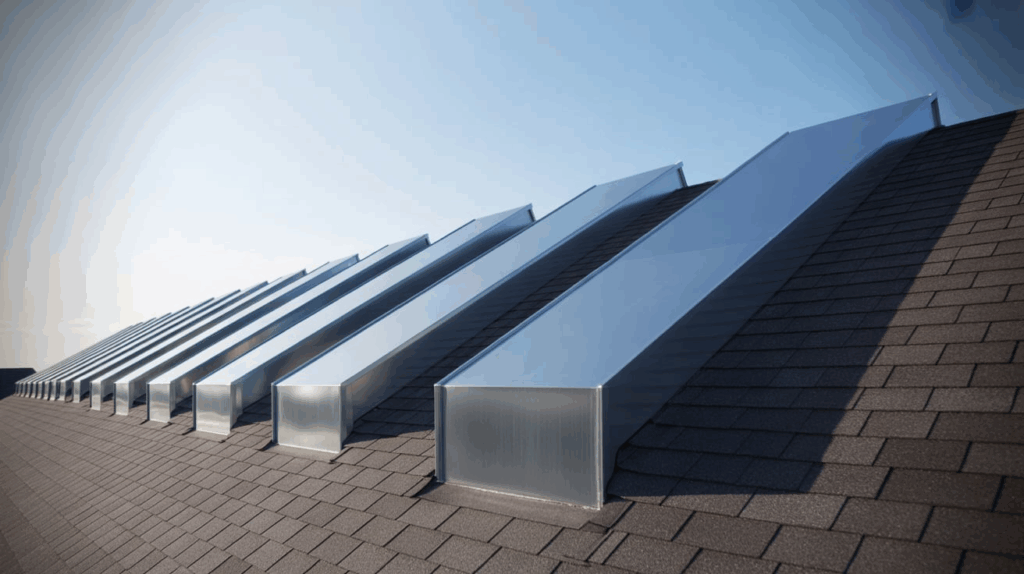
Ridge vents are installed along the peak of a roof, allowing warm, humid air to escape from the attic.
These vents run the full length of the ridge and blend seamlessly with the roofline, providing both functionality and aesthetic appeal. Ridge vents rely on natural convection-hot air rising,to exhaust attic air, often complemented by soffit vents that provide intake.
Their continuous design ensures uniform ventilation across the attic space. They’re highly effective for most pitched roofs and require no electricity.
2. Box Vents (Static Vents)
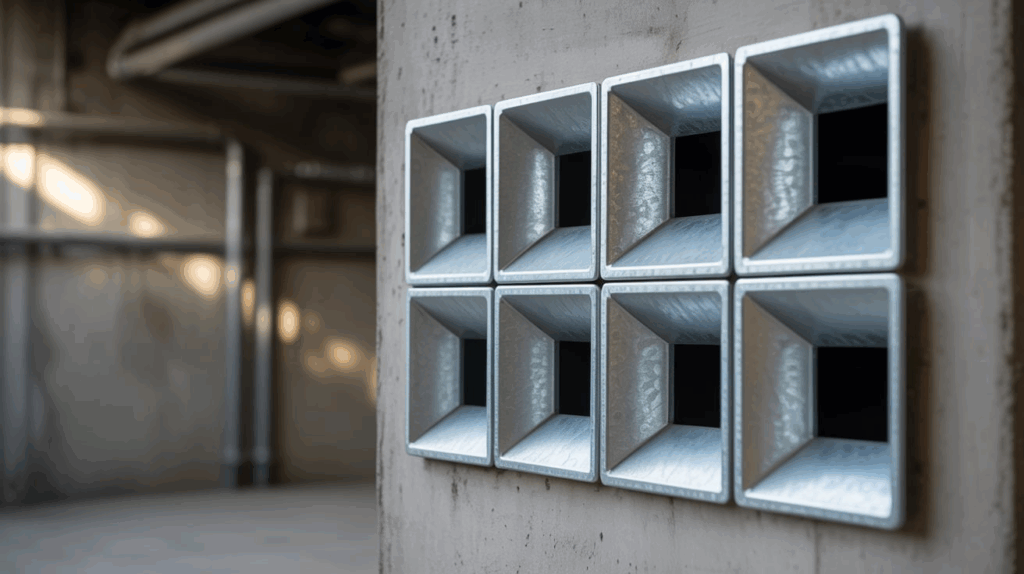
Box vents, also known as static or louver vents, are simple, stationary vents installed near the roof ridge. They work without mechanical parts and rely solely on natural airflow.
Available in various sizes and materials, box vents are often installed in multiples to increase effectiveness.
They are ideal for homes with limited ridge line or when supplementing ridge vent systems. Their fixed design makes them durable and less susceptible to mechanical failure.
3. Turbine Vents
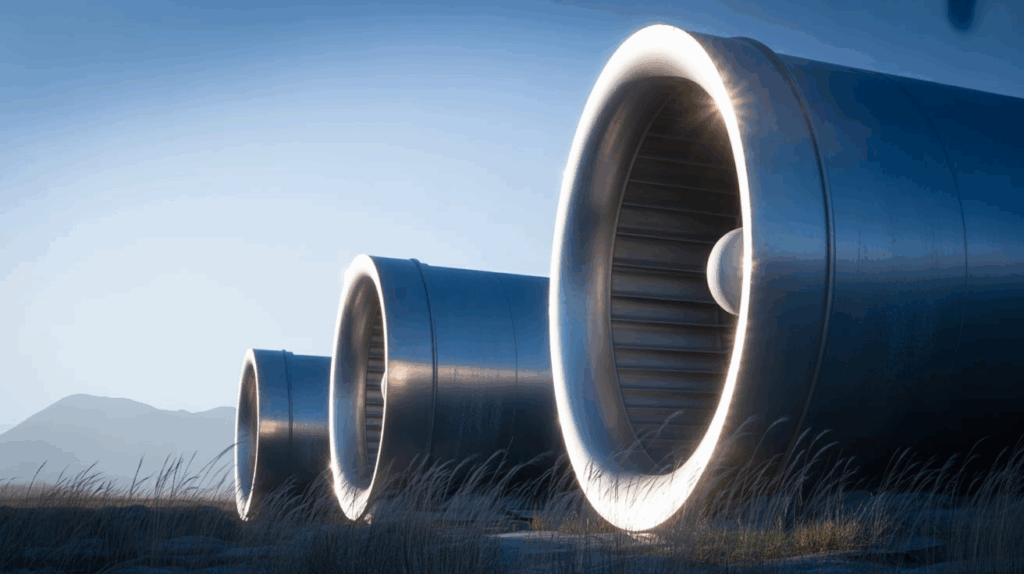
Turbine vents, commonly referred to as “whirlybirds,” use wind power to draw air out of the attic. As wind spins the turbine, it creates a vacuum that pulls hot air from the attic through the vent. These vents are effective in windy regions, providing continuous ventilation without electricity.
They operate quietly and are relatively inexpensive. While performance diminishes in calm weather, they still allow passive ventilation. Turbine vents are ideal for homes that need increased airflow and energy efficiency.
4. Power Vents

Power vents are motorized attic fans that actively pull air out of the attic. These vents are available in electric or solar-powered versions and can be controlled by thermostat or humidity.
They’re excellent for quickly reducing attic temperatures and moisture levels, especially in hot or humid climates.
However, they require electricity and may need professional installation. Power vents work best with proper intake ventilation, such as soffit vents.
5. Solar Vents

Solar vents are eco-friendly versions of power vents, utilizing solar panels to operate without drawing electricity from the home. These motorized vents effectively exhaust attic heat and moisture while reducing energy bills.
Ideal for sunny climates, solar vents can be a great addition to green home upgrades.
Many models feature thermostatic and humidity controls for optimal efficiency. They work best when combined with adequate intake vents
6. Soffit Vents
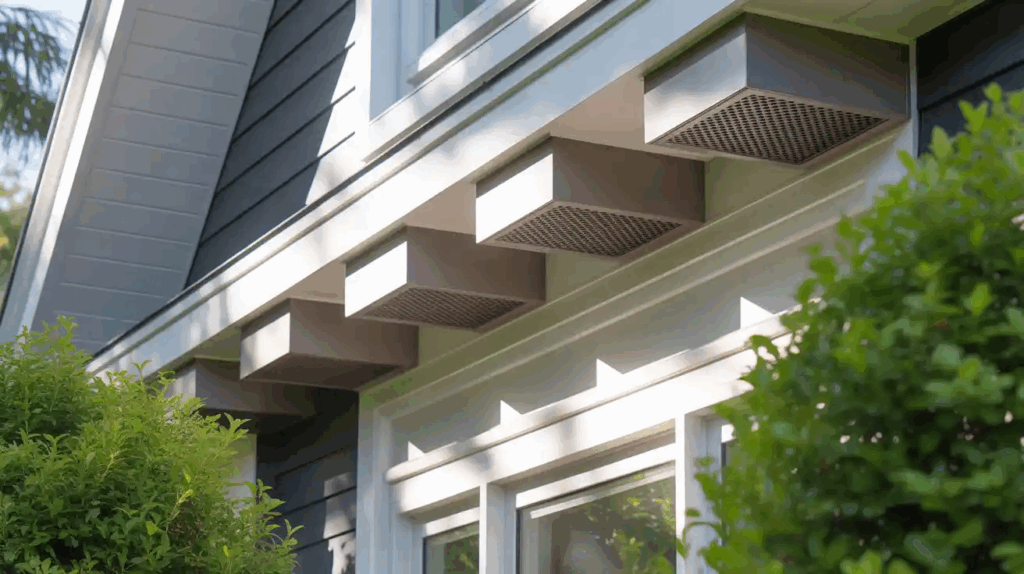
Soffit vents are intake vents installed under the eaves of the roof.
They allow fresh, cool air to enter the attic, supporting the ventilation cycle when paired with exhaust vents like ridge or box vents. Available in individual, continuous, or perforated panel designs, soffit vents are essential for balanced attic airflow.
Properly sized and distributed soffit vents prevent moisture buildup, mold growth, and ice damming. They’re especially crucial in homes with sealed attics or limited venting options.
7. Gable Vents
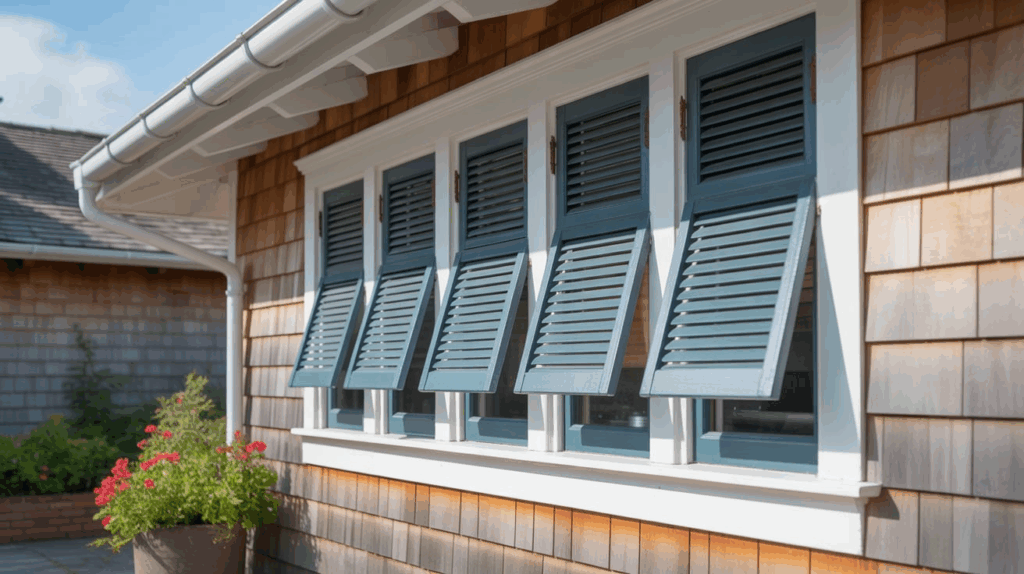
Gable vents are installed on the exterior walls near the gable peaks of a home. They provide cross-ventilation by allowing warm air to exit through one side while pulling fresh air through the opposite side.
Often shaped like triangles or rectangles, gable vents also add architectural appeal.
While suitable for homes with large attic spaces and gable roofs, their effectiveness depends on prevailing winds. They can be used alone or to supplement ridge or power vents. Gable vents are affordable, easy to install, and maintain.
8. Off-Ridge Vents
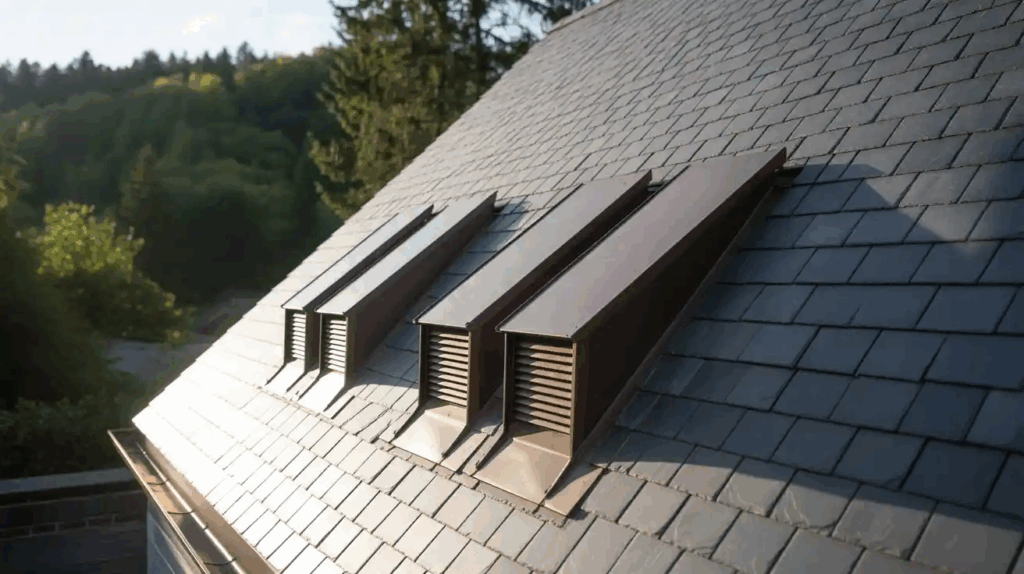
Off-ridge vents resemble box vents but are longer and installed just below the ridge line. They serve as static exhaust vents, ideal for areas where a full-length ridge vent isn’t practical.
These vents are particularly useful in roofs with limited ridge space or complex layouts.
Off-ridge vents offer low-profile ventilation without mechanical parts, reducing the risk of failure. Properly installed, they allow for adequate attic air exchange, especially when paired with soffit vents.
9. Cupola Vents

Cupola vents are decorative, dome-like structures placed on top of roofs, traditionally on barns or large buildings. They allow hot air to escape through louvers or openings and often include weathervanes.
Though not as common in modern residential homes, they’re popular in upscale or custom designs for their visual appeal.
Cupolas work best in combination with soffit or intake vents.
10. Hip Vents
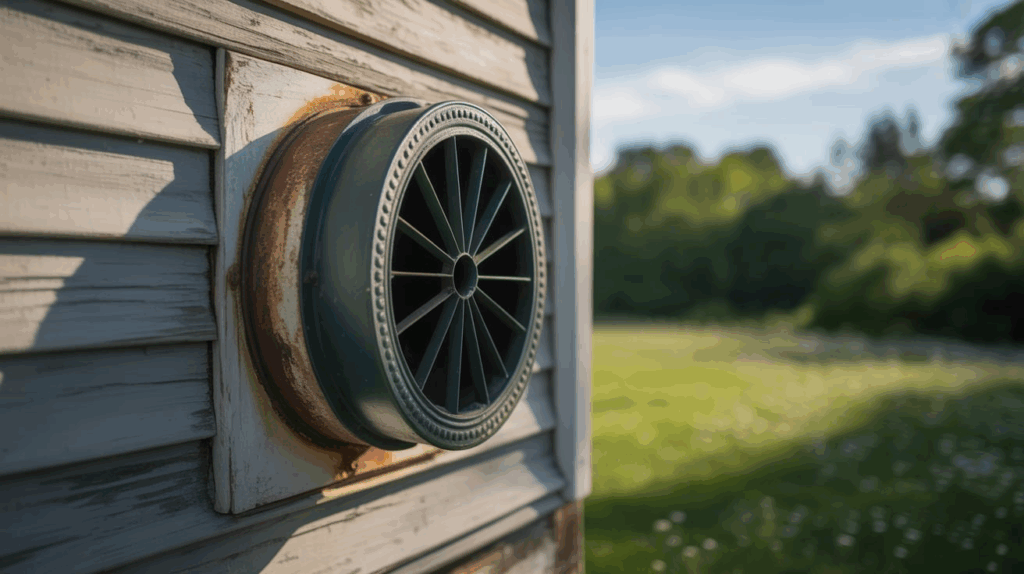
Hip vents are designed specifically for hip-style roofs, which lack a traditional ridge. These low-profile vents sit along the hip ridges and provide a continuous exhaust path.
They blend seamlessly with roofing materials, maintaining aesthetics while enhancing airflow. Hip vents offer similar functionality to ridge vents but are adapted to complex roof geometries.
11. Over Fascia Vents
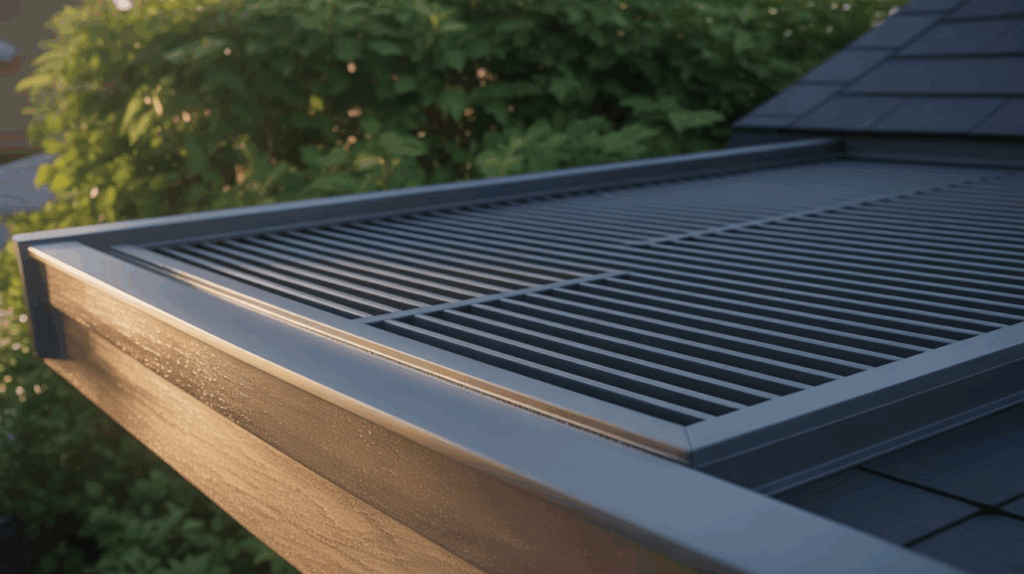
Over fascia vents are installed above the fascia board and below the first row of roof tiles. They provide discreet intake ventilation for roofs without traditional soffits. These vents are ideal for modern or flat roof designs where soffit installation is not feasible.
Over fascia vents prevent birds and insects from entering while maintaining airflow. They’re durable, usually made of UV-stabilized plastic or metal, and blend well with rooflines. Their design ensures water tightness and compliance with building codes.
12. Drip Edge Vents
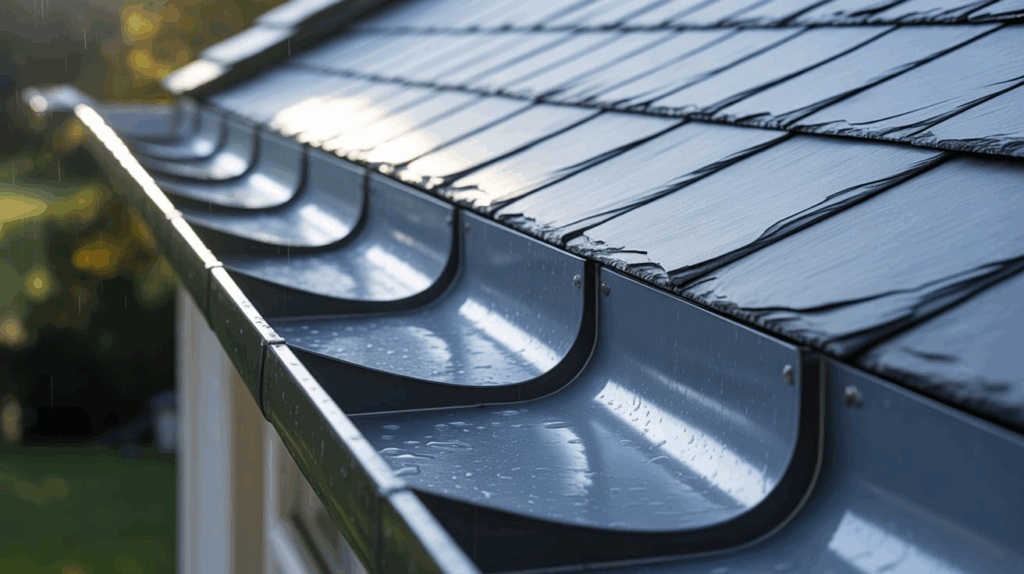
Drip edge vents serve a dual purpose: they provide intake ventilation and help control water runoff at the eaves.
Installed beneath the roof’s edge, they draw in cool air to facilitate attic airflow, often paired with ridge vents for a balanced system.
These vents are especially useful when soffits are too small or non-existent. Their positioning also helps prevent water damage and ice dams.
13. Mushroom Vents

Mushroom vents, also called “can vents” or “dome vents,” are static roof vents shaped like small caps.
They’re placed evenly across the roof to exhaust hot, moist air from the attic. These vents work passively, using the natural convection of rising air.
Signs of Poor Attic Ventilation
Poor attic ventilation can lead to a variety of issues that affect both your comfort and the longevity of your roof. Understanding the signs of poor attic ventilation can help you act before more serious damage occurs.
Choosing the right types of roof vents is key to maintaining a well-ventilated attic space.
Ice dams in winter indicate warm air is trapped, melting snow unevenly.
High energy bills result from your HVAC system working harder due to poor airflow.
Musty smells or mold suggest trapped moisture and inadequate ventilation.
Warped roofing materials are signs of excessive heat buildup and moisture damage.
To prevent these problems, explore different types of roof vents to ensure effective airflow and protect your home year-round.
Wrapping It Up
As you’ve gone through the intricate landscape of types of roof vents, one truth becomes crystal clear: ventilation is not a luxury, but a necessity.
Your home is a living, breathing organism that demands careful attention and strategic care.
Even if you’re battling scorching summers or freezing winters, the right roof ventilation system stands as your first line of defense.

